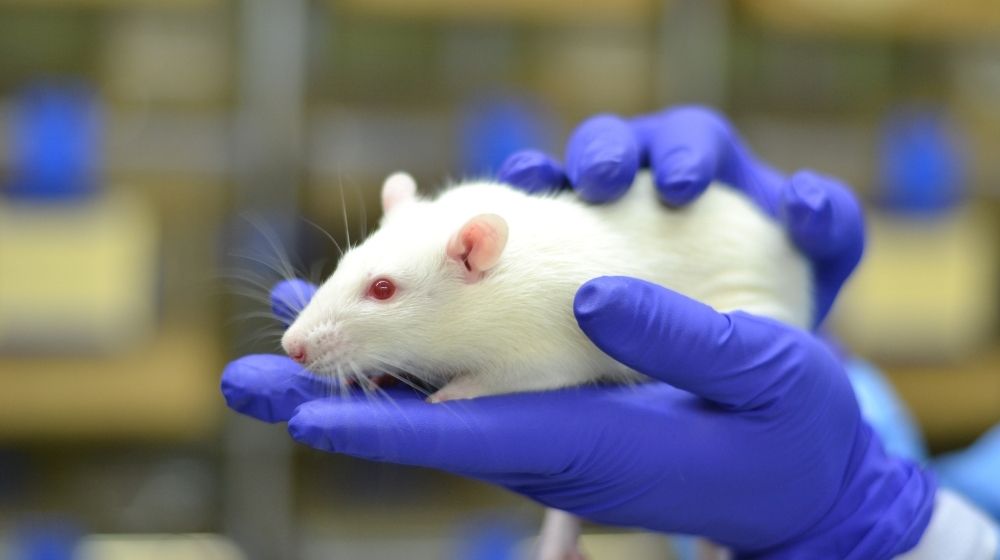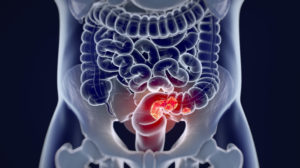The study identifies epigenetic changes that correlate strongly with observed age in rats. It also details physical performance independent of cell makeup and age. Moreover, it shows that interventions such as caloric restriction (CR) and cellular reprogramming impact mammalian aging.
RELATED: 3 Things You Can Learn From An Epigenetic Blood DNA Test
In this article:
Rat Epigenetic Clock Study
The study measured DNA Methylation (DNAm) using blood samples from rats and linked DNAm patterns with chronological age, as well as changes in cells and behavior.
Researchers combined machine learning, behavioral data, and network analysis to identify epigenetic markers in rats. The signals not only track age, but also relate to phenotypic aging. The result is a novel epigenetic clock with unique biochemical, physical, and physiological advantages.
Background

Methyl groups are one of the most promising epigenetic biomarkers of aging. DNA methylation(DNAm) levels may predict biological age and how it varies from chronological age. More importantly, the age variations may reflect increased mortality and disease risk. Additionally, in mice, genetic or behavioral interventions have been shown to impact the aging process. Thus, there is now a growing interest in using epigenetic clocks as biomarkers in aging research.
The list of potential anti-aging treatments is increasing. Therefore, we need a gold standard for viability testing. Accurate biomarkers of aging will enable better prognosis, inform treatment, study inclusions, and individual choices. Above all, they may help reveal the fundamental components behind aging and how to slow it.
Linking epigenetics to other phenotypic data is crucial in identifying those biomarkers of aging.
The most informative epigenetic clocks for predicting health and wellness aren’t always the strongest age predictors. Several traits often found in those epigenetic clocks can change over alifespan. The degree of change doesn’t always show their importance in the aging processes. So, the only way to distinguish chronological time versus biological aging is to verify likely biomarkers using variables other than age.
Until recently, human subjects made up most epigenetic clock studies. However, to clarify the fundamental science of aging, researchers will need animal model studies.
Although researchers have developed epigenetic clocks for mouse models, their small size requires terminal bleeds. Repeat testing is difficult in mouse subjects, but is required for the furthering of this research. As a result, mice are a problem for long-term aging and prognosis indication studies.
Rats, on the other hand, share many of the same advantages as mice. The larger sizes of rats allow researchers to collect much more blood at a given point without causing unnecessary harm, and much easier repeat testing.
RELATED: The World’s Most Accurate Biological Age Test: It’s In Your Genes
Rat Epigenetic Clock Study Findings

The novel rat epigenetic clock study identifies epigenetic changes and correlates strongly with observed age. As a result, researchers are one step closer to identifying the underlying mechanisms of aging.
The study also verifies the past results of interventions and aging. For instance, age decreases with caloric restriction(CR). Additionally, the longer CR continues, the lower DNAmAge is relative to chronological age.
While the first epigenetic aging clock for rats shares many of the same advantages as its mouse counterpart, it also enables long-term tracking and multiple concurrent tests. Additionally, it’s better suited to brain scanning and studying the diverse qualities of cognitive aging.
Moving forward, it will enhance our ability to track molecular changes over time and help identify how aging-related biomarkers add to mortality and disease risk. Besides, scientists can take samples pre-and post-treatment, enabling better assessments of protective therapies.
Researchers were able to pinpoint some of the markers most relevant and informative for biological aging. It’s most likely that these markersare in constitutive or facultative heterochromatin domains. The next step is to learn if multiple tissue samples exhibit the same profile.
Study Conclusion
To unravel the complexities of aging, we need model systems that track long-term changes. Moreover, models need to take into account other informative hallmarks of aging.
Like many of the other human and rodent epigenetic clocks, the relationship between DNAmAge and chronological age presents nonlinear qualities, implying a skewed relationship between the two variables. One possible explanation is cell division and mutation that increases exponentially early in life and again in later life stages.
Results also showed a notable correlation between physical functions and DNAmAge. For example, those with higher epigenetic age had worse mobility than others in the same chronological age group.
Cell composition may account for a small proportion of the similarities between DNAmAge and age or physical functions. However, the age-related functional decline was significantly associated with epigenetic aging independent of cell composition.
The field of epigenetics has a lot to offer when it comes to healthspan optimization. If you’re interested in learning more about this, visit the TruDiagnostic website today.
What are your thoughts on the rat epigenetic clock study? Please share them with us in the comments section below.
Source:
Up Next:





